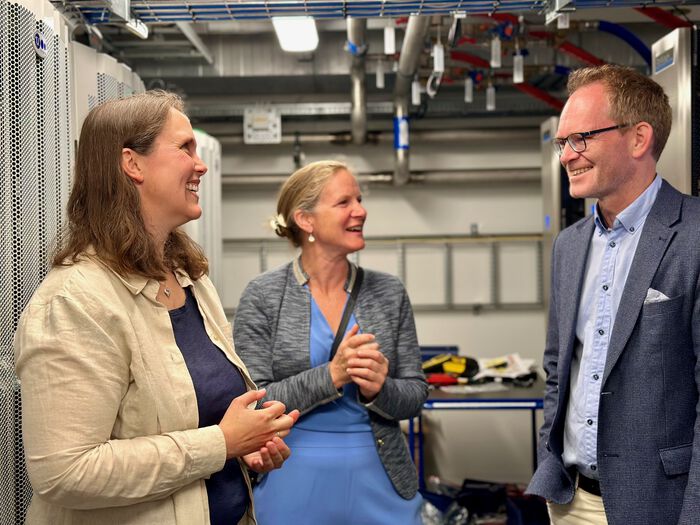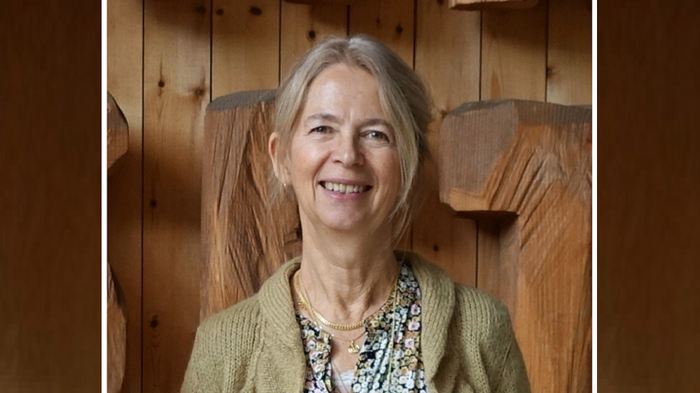Before this trip, I knew very little about Kazakhstan. Then I was invited to present my work at the Italian-Kazakh bilateral symposium “Our common future: energy, environment and development”, organised at the Expo 2017 Future Energy in Astana.
Despite many international journalists criticised the event for the lack of content and participation, I believe the Expo has the important merit to help open a window to this remote part of the world.

Since its establishment as an independent country in 1991, Kazakhstan has become the strongest growing economy in Central Asia, thanks to its huge fossil fuel and mineral resources. However, the environmental awareness in the country is poor and the Kazakh government – possibly to affirm its growing role on the
world stage – is using the Expo to show its commitment to communicate sustainable development concepts and principles at all levels: from policy makers to local authorities and to the public. Judging from the enthusiasm of the locals at the beautiful Kazakh pavilion, the message seems to resonate with the population.
Aggressive clean goals
The aggressive strategy announced by the Kazakhstan´s president, Nursultan Nazarbayev, aims to position the country among the 30 top economies by 2050. Here there are plenty of opportunities in clean energy technology research and development. The short-term goal is to produce 3% of electricity from renewable sources by 2020, while reducing the greenhouse gases emissions of 15% by 2020 and of 25% by 2050 (as compared to the 1992 levels).
During the symposium the colleagues from Kazakhstan told us some interesting data:
- The country has outstanding rich wind resources, with about 50% of the territory with an average wind speed of 4-5- m/s at 30 m above the ground, for a potential production of around 1820 TWh per year. The Kazakh Ministry of Industry and New Technologies has already chosen 10 sites for future construction of wind farms to integrate 2-3 TWh to the grid
- In addition to the few existing hydroelectric plants, the country has an estimated hydro potential of 170 TWh per year (technically feasible – 27 TWh economically feasible)
- Solar energy resource is abundant in Kazakhstan's vast territory, with 2200-3000 sunny hours per year, corresponding to a solar irradiation of 1300-1800 kWh/m2/year. However, very little use of this resource has been done at the moment.

Apparently, these are not just numbers. The Kazakh's pavilion is full of ideas on clean technologies, for instance showing new types of wind turbines under study. An interactive map of the country displays where future solar and wind farms should be located, with young students eager to explain to the visitors the smallest technical details. I am also impressed that a good emphasis is put not only on new technologies, but on how to increase the efficiency on energy generation and distribution.
Despite the critical issues of the country (like reported human rights abuses), this is what I will bring home with me: the impression that this government is making an effort to address public awareness on sustainability and is opening strategic sectors of the economy to investments in clean energy technologies. If the Expo Future Energyis partially responsible for this direction, then I would say it has been a success.
More articles on Sabrina Sartori's blog




